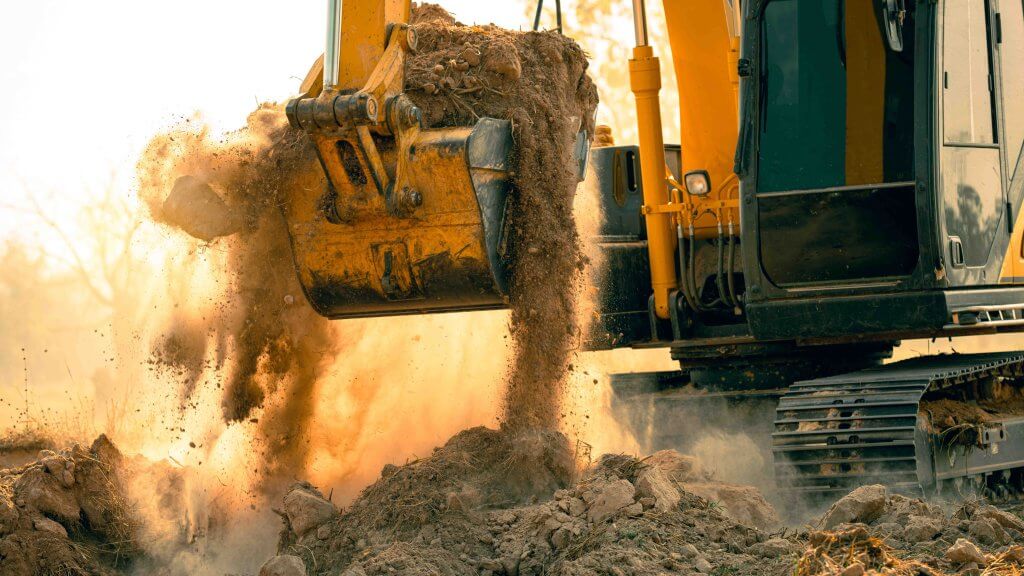UK Construction Output Dips In July Amid Cost Pressures And Election Uncertainty

The UK’s construction industry saw a 0.4% dip in output in July, according to the latest data from the Office for National Statistics (ONS), marking a reversal from the 0.5% growth recorded in June.
Industry figures have attributed the drop to rising material and labour costs, as well as uncertainty surrounding the general election.
The ONS report revealed declines in both new work (down 0.2%) and repair and maintenance (down 0.7%). Out of the nine sectors assessed, five recorded decreased activity.
The largest declines were seen in private commercial new work, which fell by 2.4%, and private housing repair and maintenance, which dropped by 1.7%.
Despite the overall drop, there were some bright spots. Private new industrial work increased by 3.6%, and public new housing saw a 1.8% rise. The total value of construction output for the month was £19.03bn.
Fraser Johns, finance director at construction firm Beard, described the data as reflective of a “pivotal moment for the sector and the economy more broadly” following the general election.
The figures, which are seasonally adjusted to account for the summer holiday period, have raised concerns because they come after two months of recovery.
Clive Docwra, managing director at property and construction consultancy McBains, noted that the decline in private new work was a setback. “After May and June’s figures showed an increase in output, the construction industry was expecting better news for July,” he said.
Terry Woodley, managing director of development finance at Shawbrook, echoed these concerns, pointing to the challenges the sector faces. “Despite the warmer weather, construction remained sluggish, with rising costs for materials and labour, compounded by the naturally slower summer holiday period,” Woodley said.
However, the ONS also reported some positive news: construction output grew by 1.2% over the three months to July 2024. This growth was driven by increases in both new work (up 1.6%) and repair and maintenance (up 0.8%).
Docwra expressed optimism despite the July figures. “Although the figures may not show a post-election bounce, the optimism created by the new government’s announcements on housebuilding means the industry is feeling optimistic for the medium term, borne out by today’s figures,” he said.
With rising costs and economic uncertainty still weighing on the sector, the construction industry will be closely watching future developments, particularly government policy around housebuilding and infrastructure, to sustain growth in the coming months.




